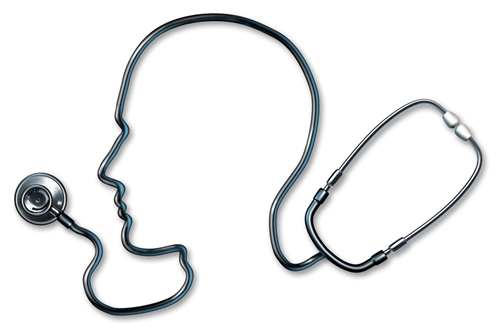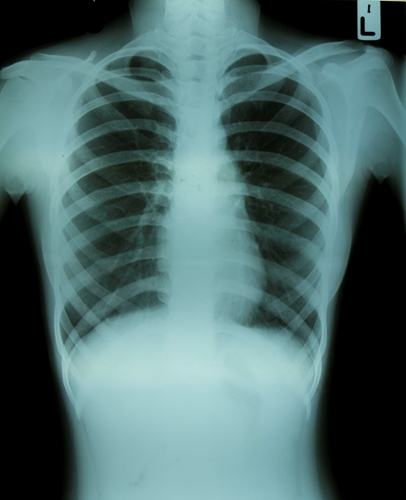Any insight that researchers can gain into strokes can be integral in improving the quality of life for patients, as they are one of the leading killers in the U.S. Medical imaging researchers from several institutions have discovered that a novel MRI technique might provide valuable data on the condition.
According to the U.S. Centers for Disease Control and Prevention, approximately 130,000 Americans die every year as a result of complications from stroke. On average, a person dies from stroke every 4 minutes and by year's end, roughly 795,000 people will experience one. Researchers from the National High Magnetic Field Laboratory at Florida State University, the Champalimaud Center in Portugal and the Weizmann Institute of Science in Israel collaborated to develop an imaging sequence that targets specific metabolites in particular regions of the brain to identify concentration and other information, AuntMinnie.com reported.
Metabolites, such as choline, creatine and lactate, are molecules involved in chemical reactions that occur in every living organism's cells. By analyzing their functions in brain tissue, the scientists can monitor changes and assess the severity of strokes.
"We can investigate their location to potentially give us some additional information on stroke severity, the potential of the stroke outcome, and how these metabolites are interacting during the ischemic event when there is a reduction in oxygen to that brain region," said FSU lab researcher Jens Rosenberg, quoted by the source.
By using the university's 900-MHz, 21.1-tesla nuclear MR magnet system, the group was able to visualize chemical signatures of metabolites. The very high magnetic field led to enhanced imaging results.
Gleaning data on strokes
The collaborative study used the novel technique to image strokes in vivo and then used it ex vivo on some brain samples. They believe that translating the findings to human patients in a clinical environment is a very likely scenario. However, the researchers face a considerable challenge in adapting the process to more conventional 3-tesla MRI scanners used for traditional diagnostic radiology.
There are some concerns related to the technical hurdles regarding optimization on standard MRI scanners. Transitioning the technique from 21/1-tesla to 3-tesla could result in sensitivity reductions that impact the quality of readings. Yet, the researchers are confident that the yielded results could still be pivotal in evaluating stroke patients.
"One of the big issues we have is the single-voxel technique, which means we can look at one volume of the brain and investigate that very well," said Samuel Grant, Ph.D., associate professor at FSU, quoted by AuntMinnie.com. "Right now, we are at the 5-millimeter cubic voxel size. We can push that down toward 1-mm sizes, but even at 5 mm, it is very clinically relevant."
While the researchers made considerable strides in assessing strokes with new digital imaging protocols, the innovative technique is not ready for use in legitimate clinical settings. As further studies are conducted, the important role that imaging can have in medical research will continue to grow.
Contact Viztek for more information.
Ronny Bachrach
Latest posts by Ronny Bachrach (see all)
- Konica Minolta Debuts First-of-Its-Kind Digital U-Arm System at AHRA - July 27, 2016
- Researchers Detect Signs Of Stroke Risk Using MRI - June 27, 2016
- Imaging Biz: Q&A with David S. Channin MD: How to Make PACS Patient Centered - June 22, 2016










